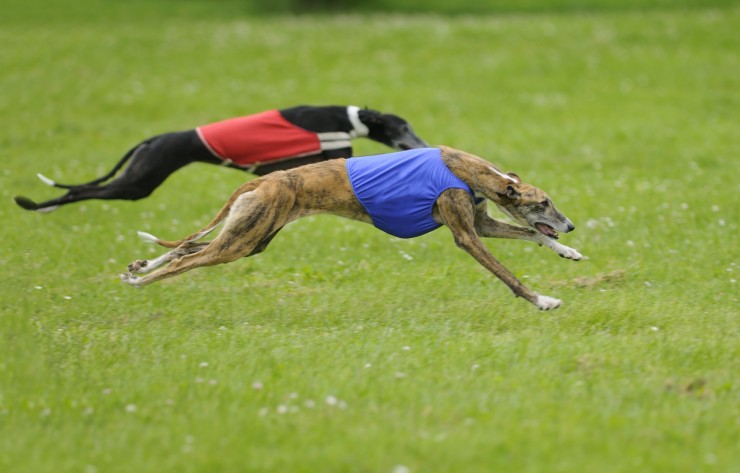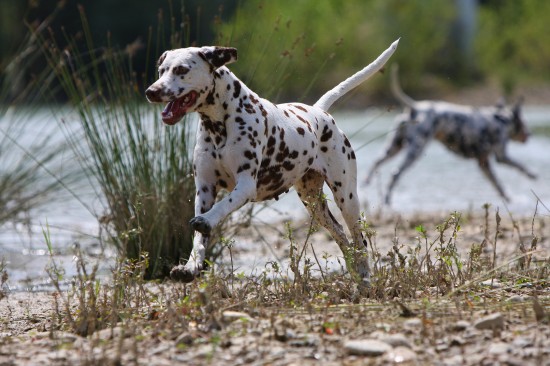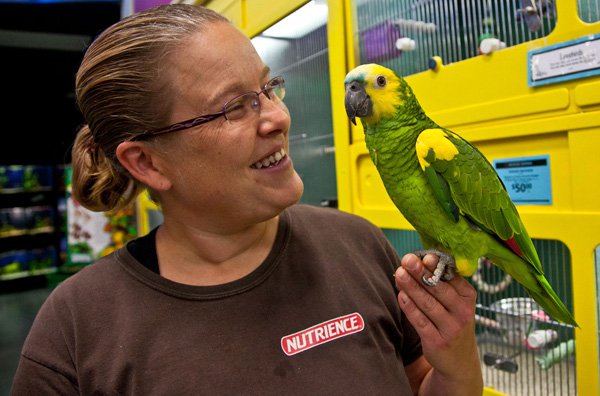
Having a new puppy is as exciting as having a new baby, particularly to first time dog owners. A four-legged ball of fur will definitely make a great additional member of the family. But before you ma...
Having a new puppy is as exciting as having a new baby, particularly to first time dog owners. A four-legged ball of fur will definitely make a great additional member of the family. But before you make your young labrador retriever the center of your life, it is best to start your labrador retriever training sessions as early as possible to prevent behavior problems and other issues.
The first part of labrador retriever training is to socialize your pet and introduce him to the new world you have taken him into. Your house and the people around are all new to him and may cause him confusion if introduced at once. Take things one at a time. Then gradually expose him to much bigger world outside your house. Introduce him not just to other dogs but other pets as well.
While socializing your pet, you can also start potty training sessions. Potty training at a younger age is preferable but can be difficult knowing that puppies do not have full control of their bladder or bowel. In other words, they are not able to hold it. During this time, you have to exert effort in taking your pup out to do his thing. After waking up in the morning, after eating or drinking, after naps, when excited, happy, nervous or scared, after exercise and activities and before going to bed at night are the best times to take your pup out. Stay until he is done and give rewards.
Labrador retriever training can be made easy with crate. Many dog owners use crate during housebreaking and training a dog to resolve behavior issues such as digging and chewing. Apart from that, crates are also recommended to keep your pet safe while traveling. With this, you need to see to it that your pet is comfortable being placed inside the crate. Associate it with something positive and worthwhile in order to get your dog used to it. Place it in an area of your house wherein the family spends a lot of time. To make the crate more enticing to your dog, put some blanket and his favorite toy inside the crate. Leave the door open at first to give him freedom to explore. Good for you if Fido adapts to his new haven without a hitch. But if you're having difficulties getting your pup near the crate, try dropping some tasty treats around the crate then just inside the door. If he doesn't want to go inside, don't force him to do so. Just continue to toss treats until he has finally decided to give up and get inside the crate
Article Tags: Labrador Retriever Training, Labrador Retriever, Retriever Training
 8 Tips On How To Keep Your Cat Healthy Throughout Their Lives
8 Tips On How To Keep Your Cat Healthy Throughout Their Lives
 Lure Coursing For Sighthounds
Lure Coursing For Sighthounds
 The Difference Between A Bearded Collie And A Polish Lowland Sheepdog
The Difference Between A Bearded Collie And A Polish Lowland Sheepdog
 How To Stop Your Dog Or Other Pet From Chewing On Your Power Cords
How To Stop Your Dog Or Other Pet From Chewing On Your Power Cords
 Troubleshooting Ticks - More About Ticks And Dogs
Troubleshooting Ticks - More About Ticks And Dogs
 Magnificent Horse fences that elevates ones mount from wall harm
Magnificent Horse fences that elevates ones mount from wall harm
Copyright © 2005-2016 Pet Information All Rights Reserved
Contact us: www162date@outlook.com